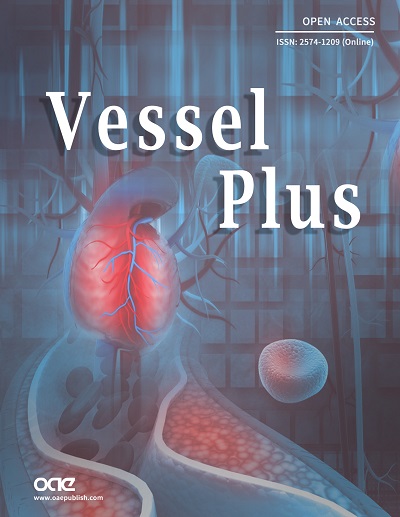fig7

Figure 7. The diagram presents a schematic representation of the various events during the entry of coronaviruses into a host cell. In (A), the ACE2 receptor’s RBD (receptor binding domain), which is present in the host cell membrane, binds with the terminal end of the spike protein (specifically S1) of the coronavirus. Cell surface proteases, responsible for activating coronavirus spike proteins, assist SARS-CoV-2 in entering the host cell. Following attachment in the host cell, lysosomal proteases aid in the breakdown of the ACE2-S protein complex, facilitating the release of viral RNA into the cytoplasm through endocytosis, as shown in (B). Moreover, (C) illustrates the 3D structure of the spike protein of coronavirus, highlighting its functional components such as S2 (stalk for membrane fusion), TM (trans-membrane domain), IC (intracellular part), receptor binding domain (RBD), receptor binding motif (RBM), and transmembrane domain (TD). Additionally, (D) displays the diagram of the spike protein, featuring the receptor binding domain (RBD), receptor binding motif (RBM), transmembrane domain (TD), and protease cleavage sites (S1/S2, S2’).






